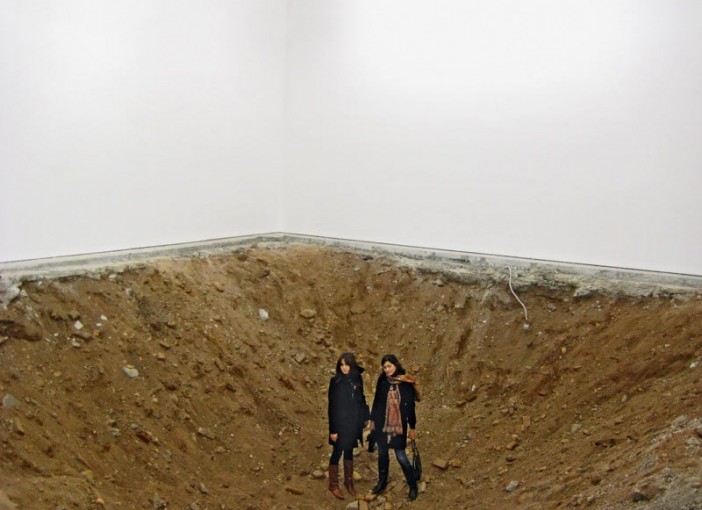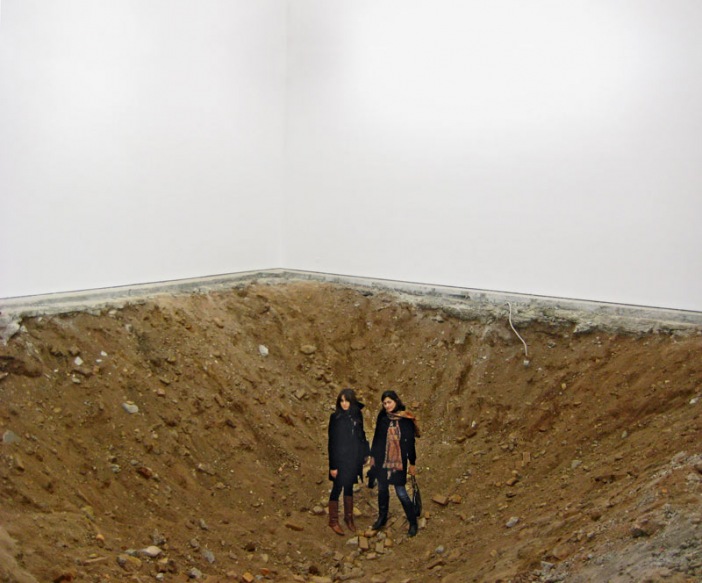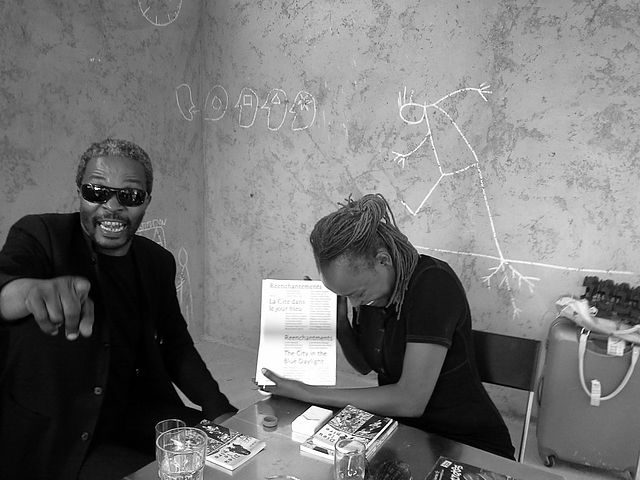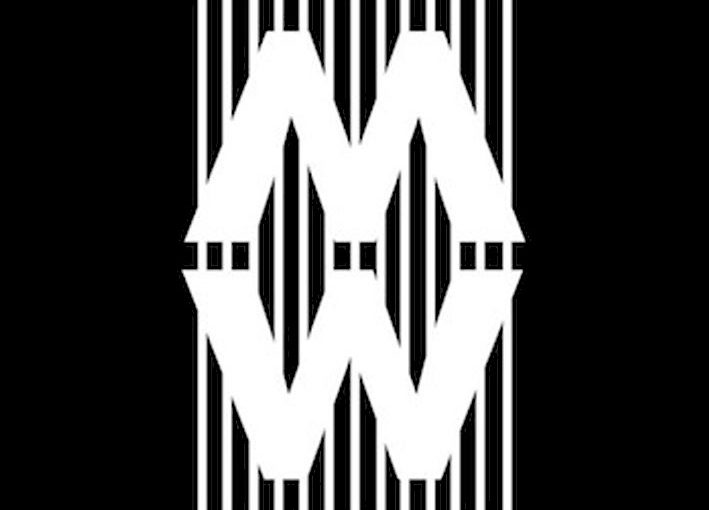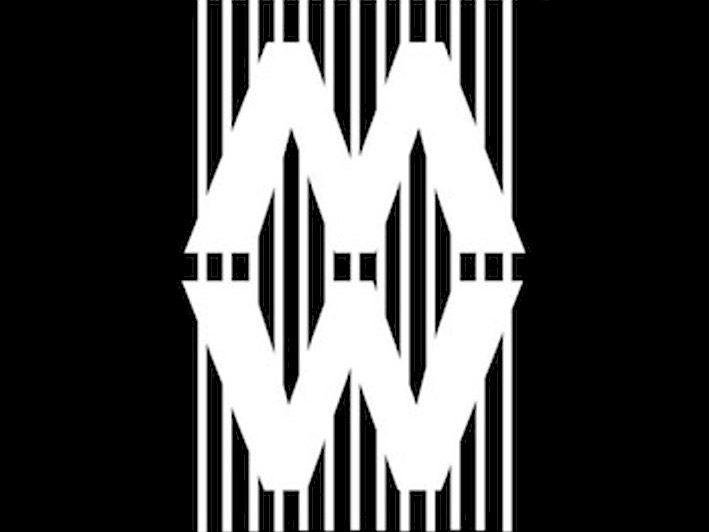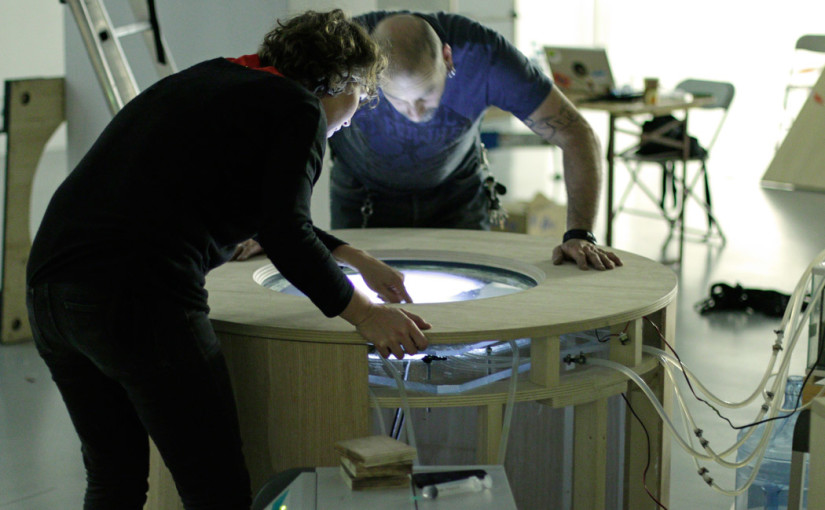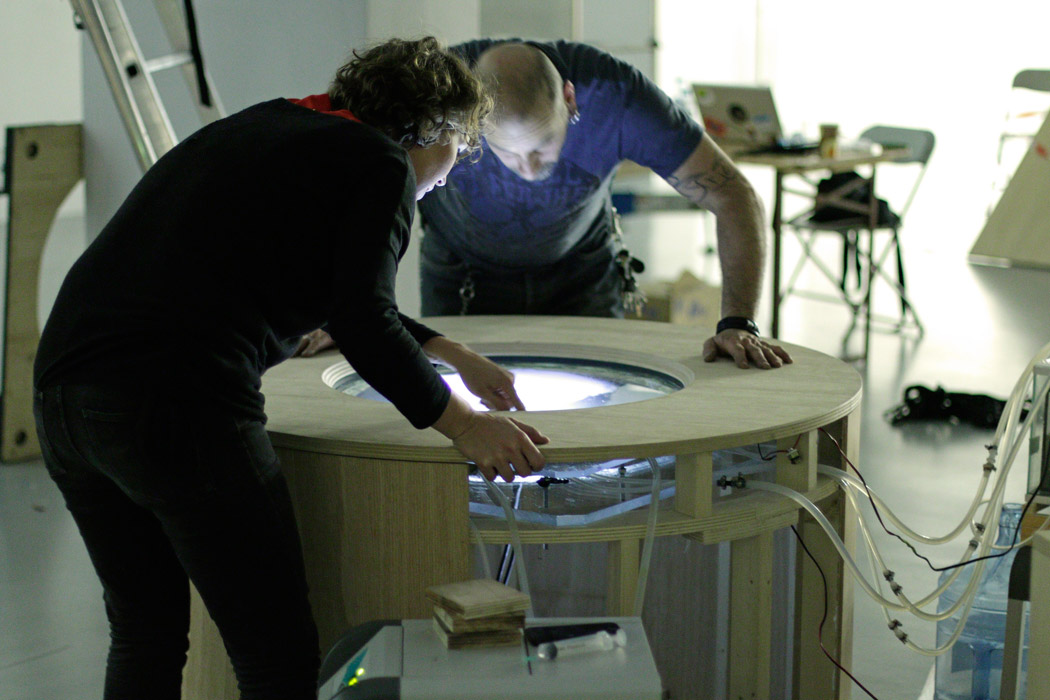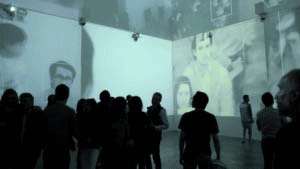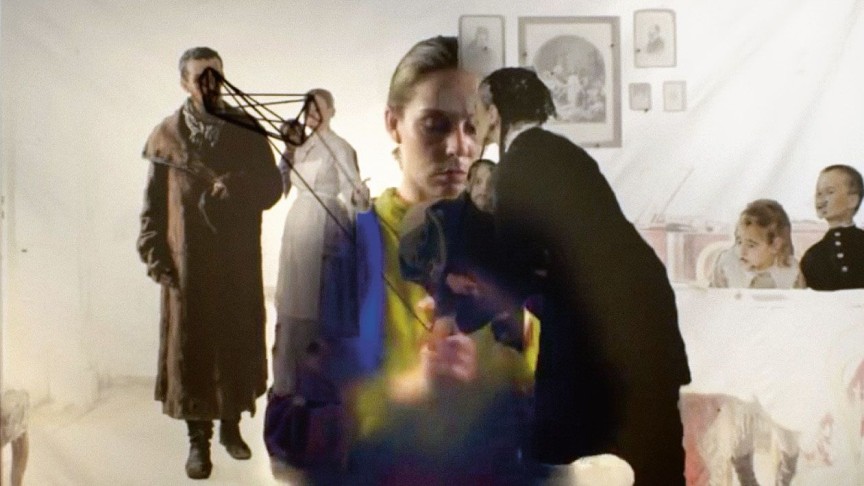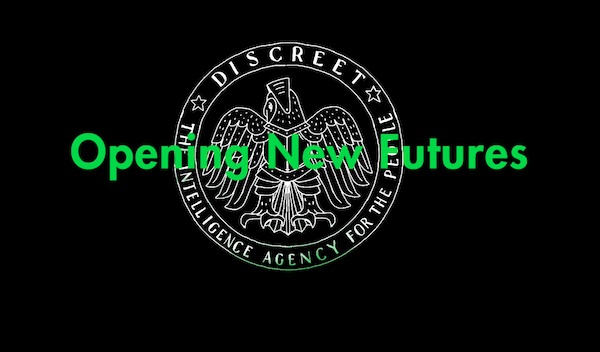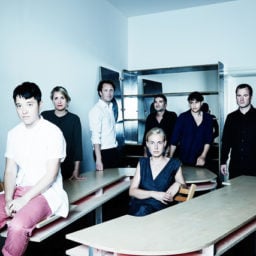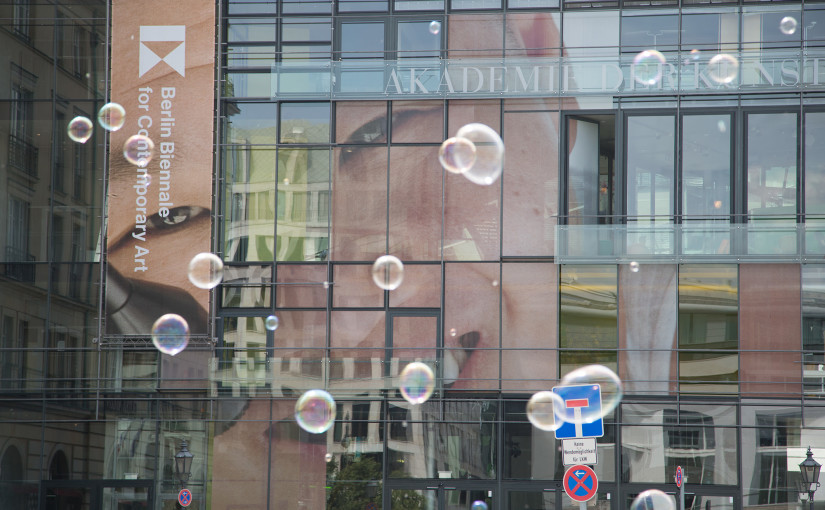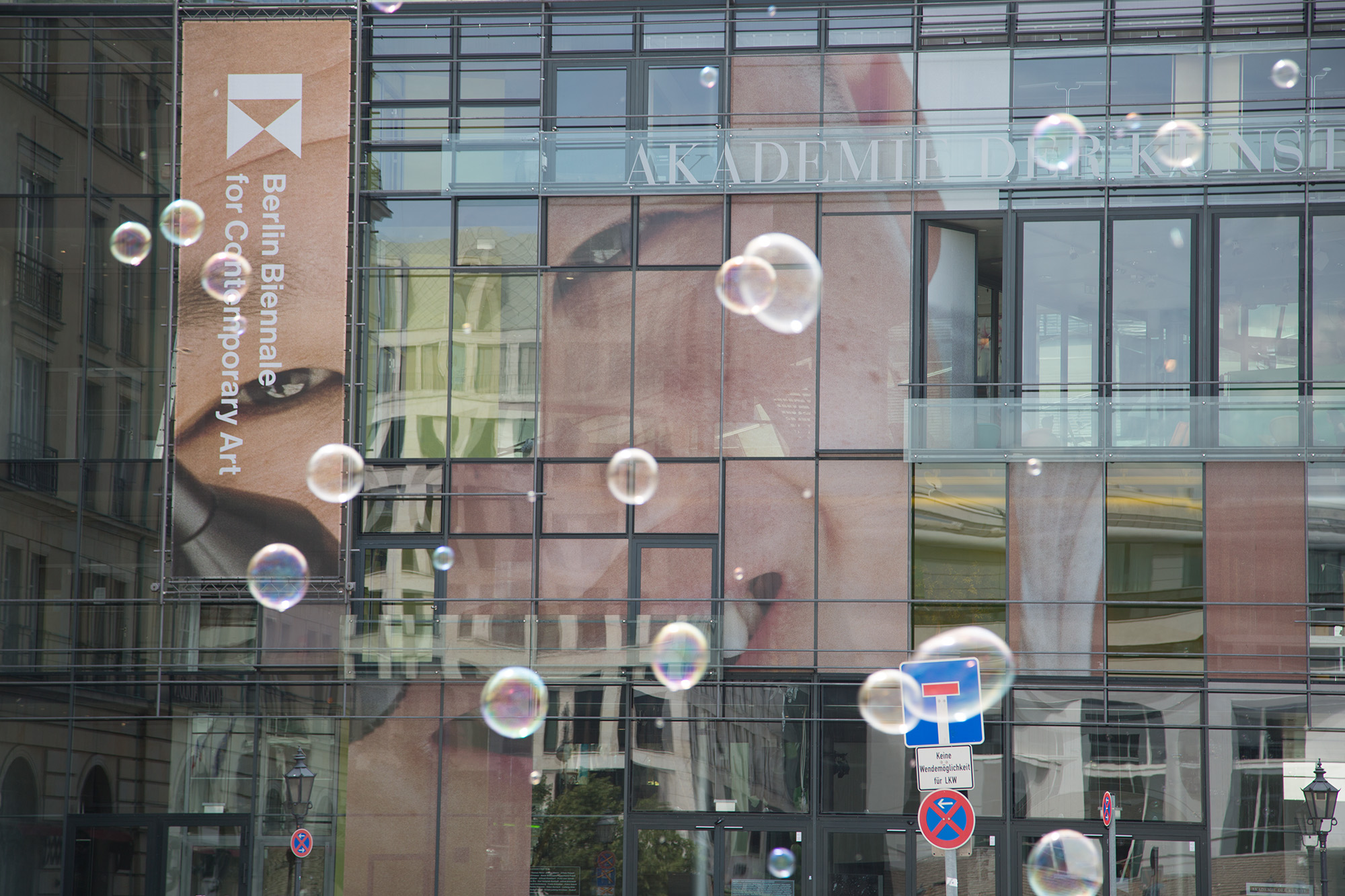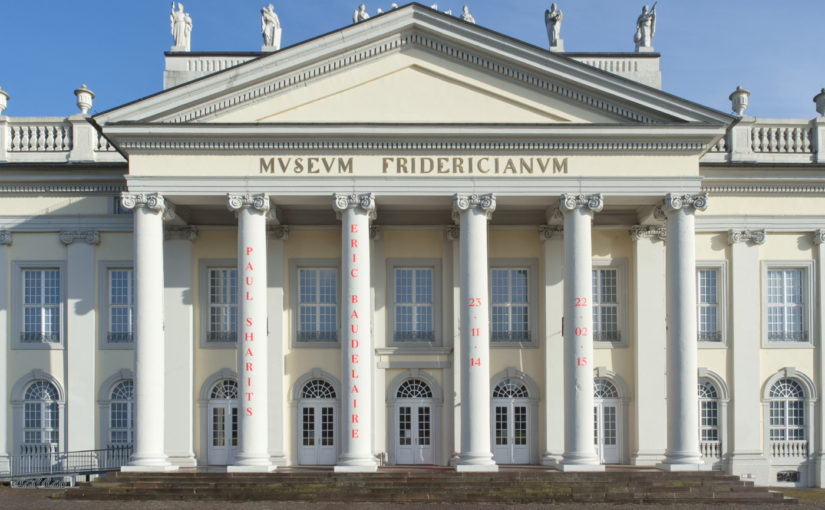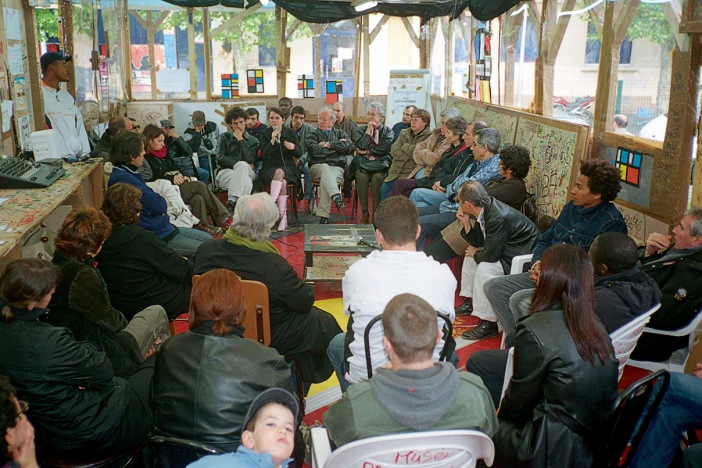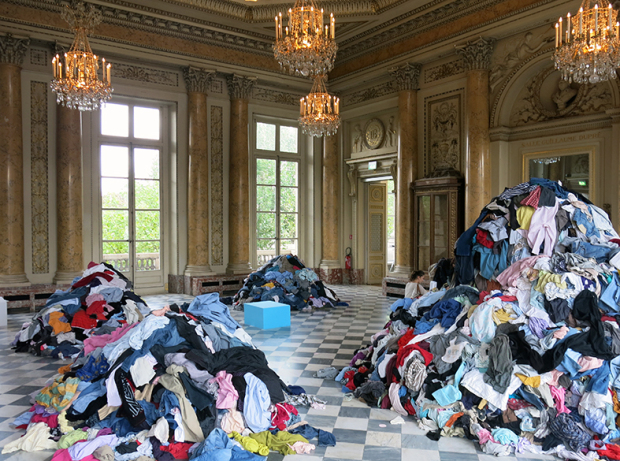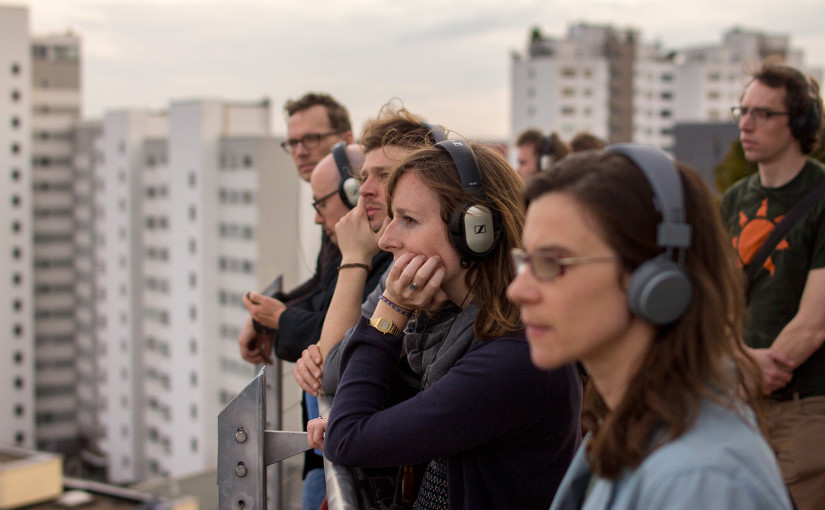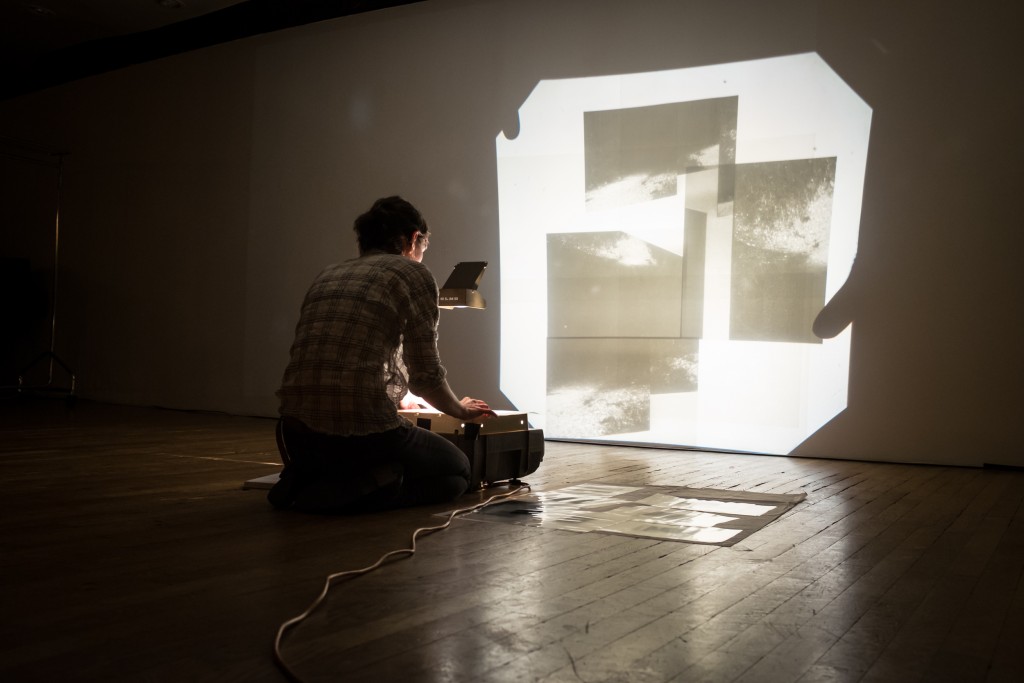
L’association C-E-A / Commissaires d’exposition associés conduit une action d’information et de promotion de l’activité de commissaire d’exposition sur le territoire français et vers l’international afin de développer les opportunités de travail pour ses professionnels. Elle élabore, en concertation avec les partenaires publics, des modalités de diffusion au niveau territorial, national et international, du savoir-faire des commissaires résidant en France. Ainsi, elle entend susciter chez les prescripteurs du monde artistique et culturel le désir de créer des dispositifs permettant aux commissaires d’exposition de développer et mettre en œuvre leurs projets avec les artistes (bourses, résidences, appels d’offre, etc.).
Dans cette optique ses objectifs sont les suivants:
> Fédérer les commissaires pour constituer une force de proposition auprès des instances décisionnelles, des organismes publics et des institutions de coopération internationale ;
> Structurer l’activité du commissariat d’exposition pour, aux côtés des autres corps de métiers qui le constituent, participer au mouvement de structuration du champ des arts plastiques ;
> Rendre visible l’action des commissaires d’exposition en France ;
> Initier et conduire des projets susceptibles de développer l’activité des commissaires en France et celle des commissaires résidant en France en direction de l’international ;
> Nourrir une réflexion sur les paramètres et les enjeux du commissariat d’exposition.
Source : C-E-A | Le site de l’association des commissaires d’exposition en France

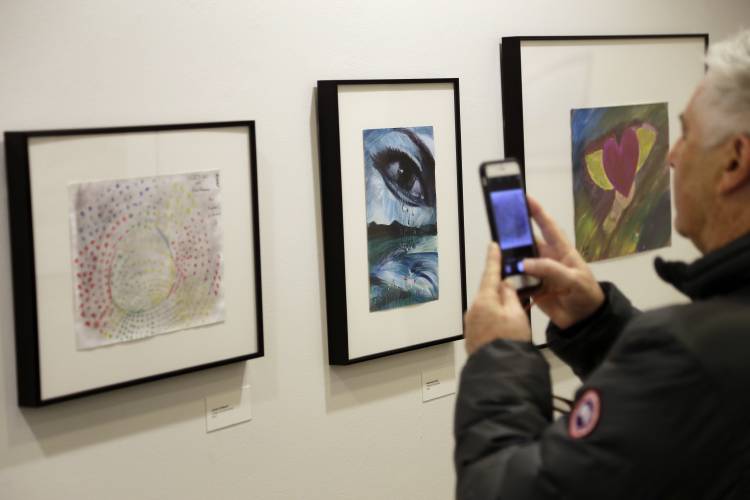
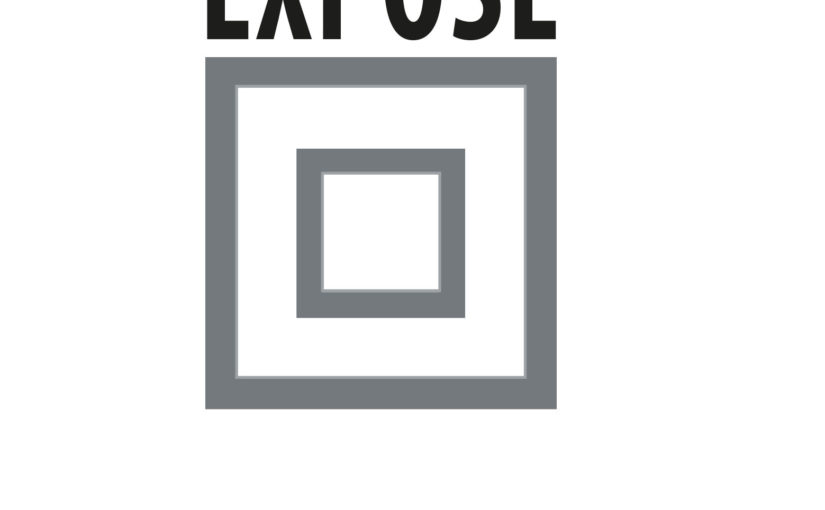
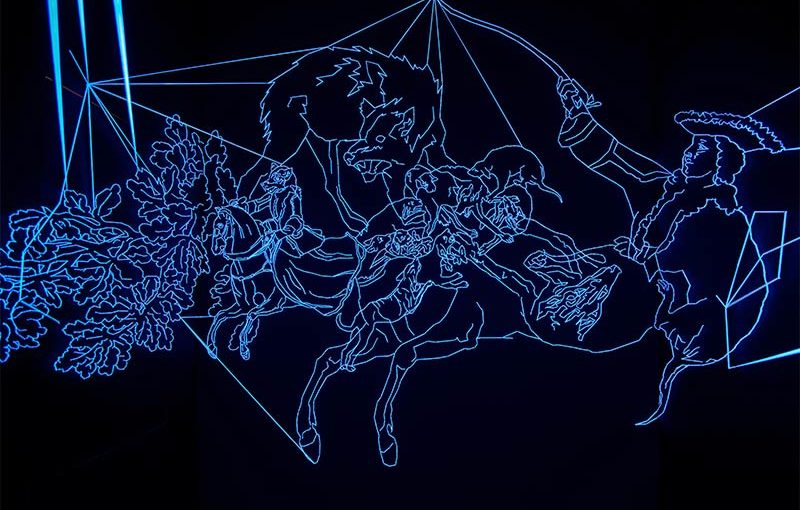
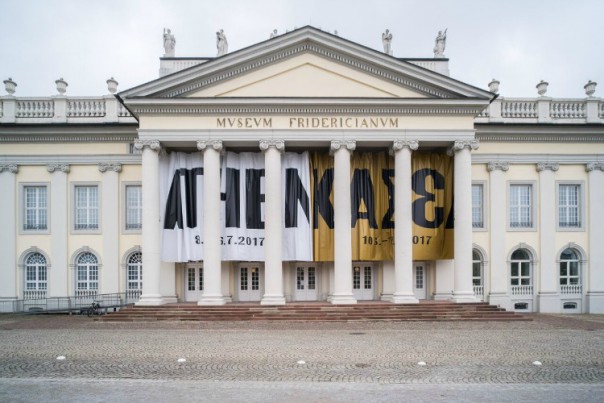



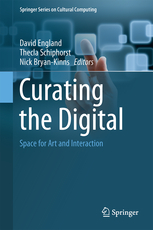

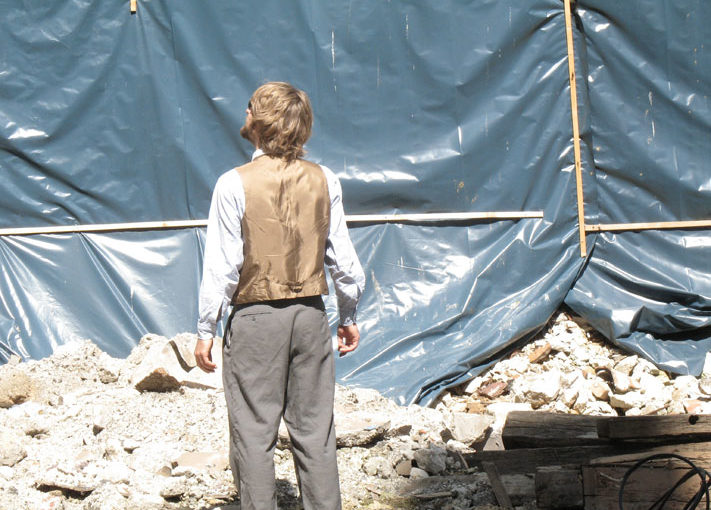
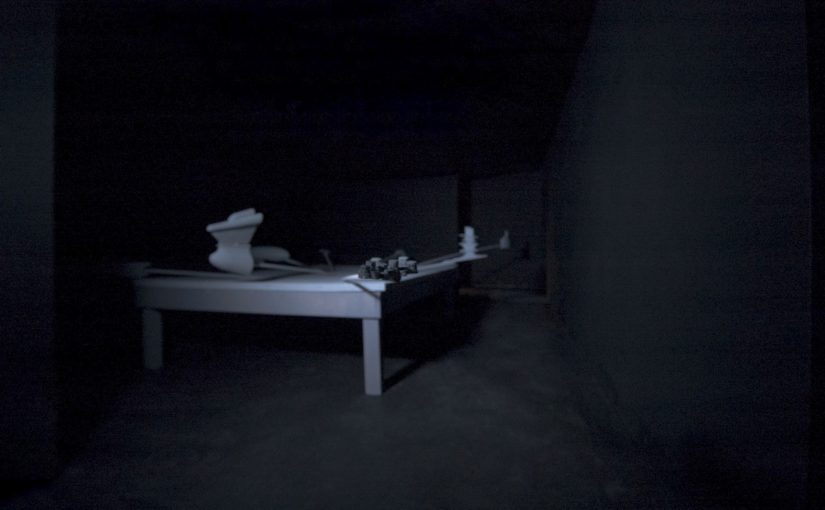
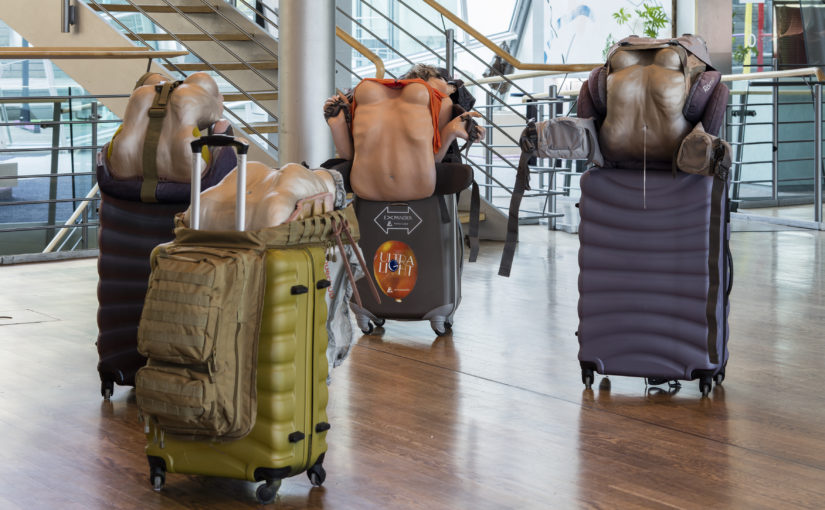
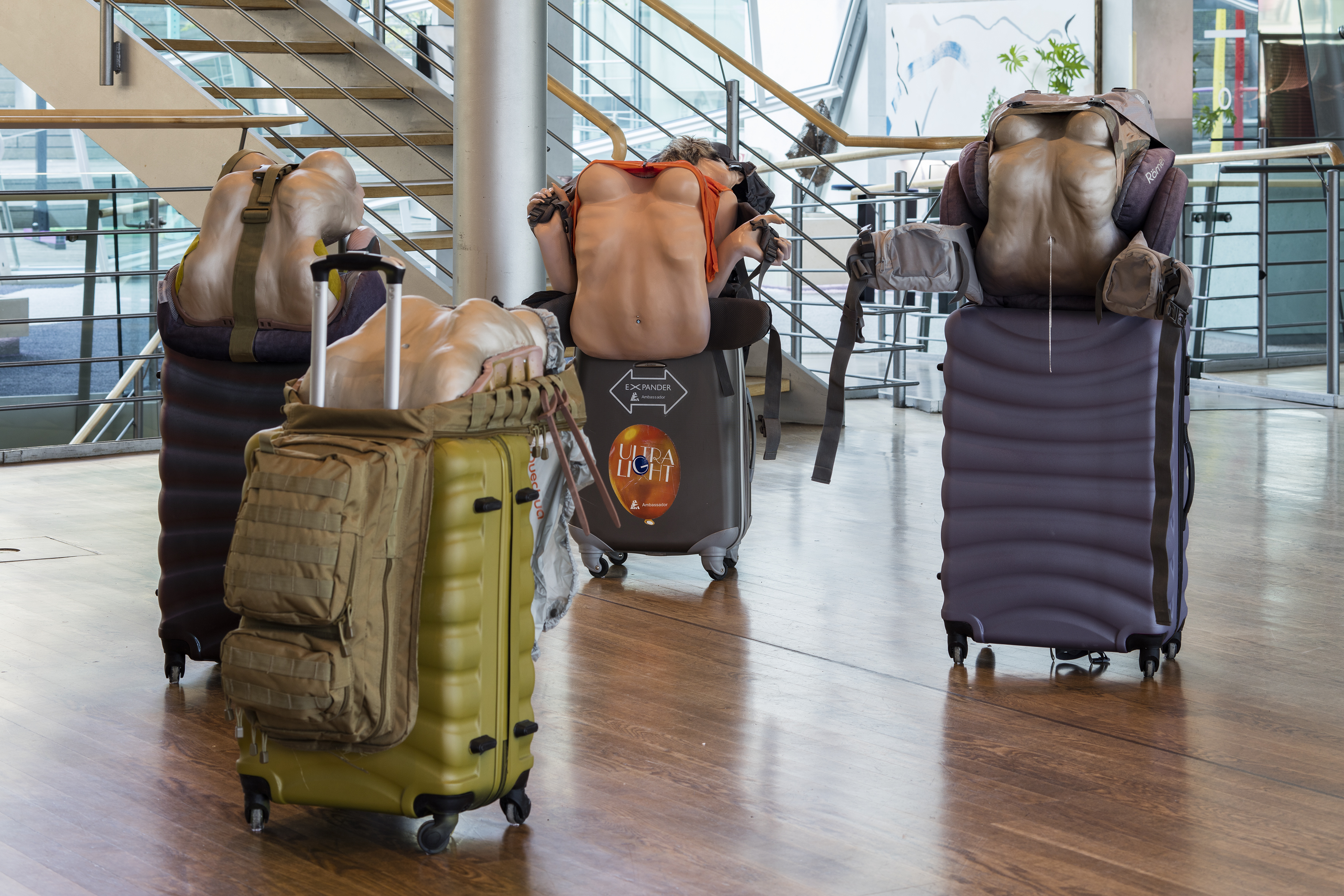
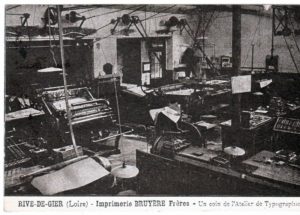
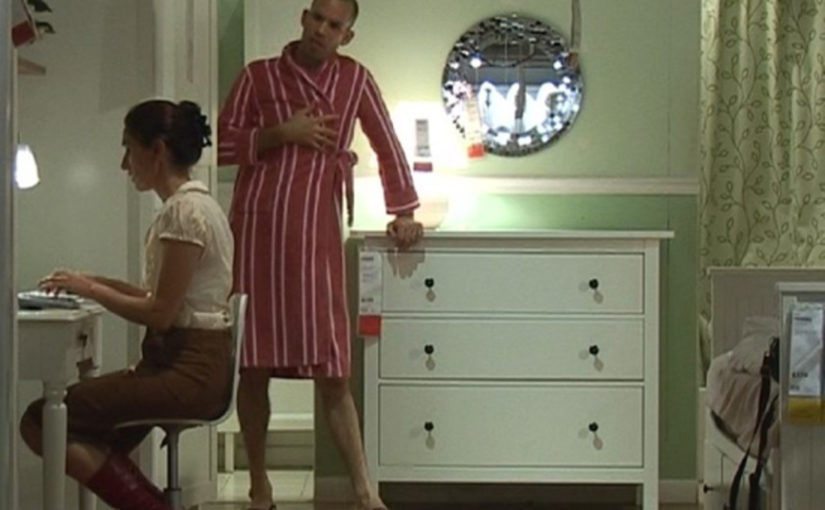
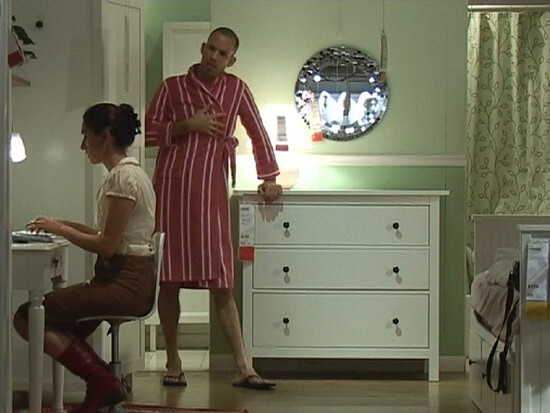
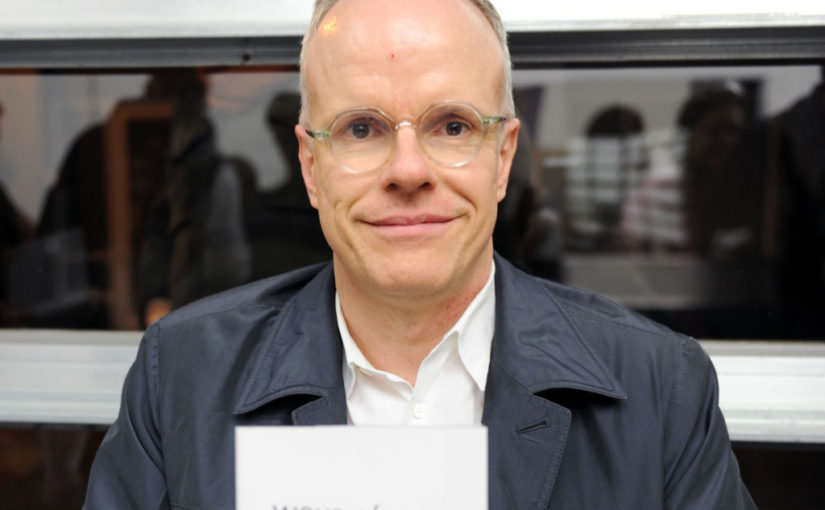
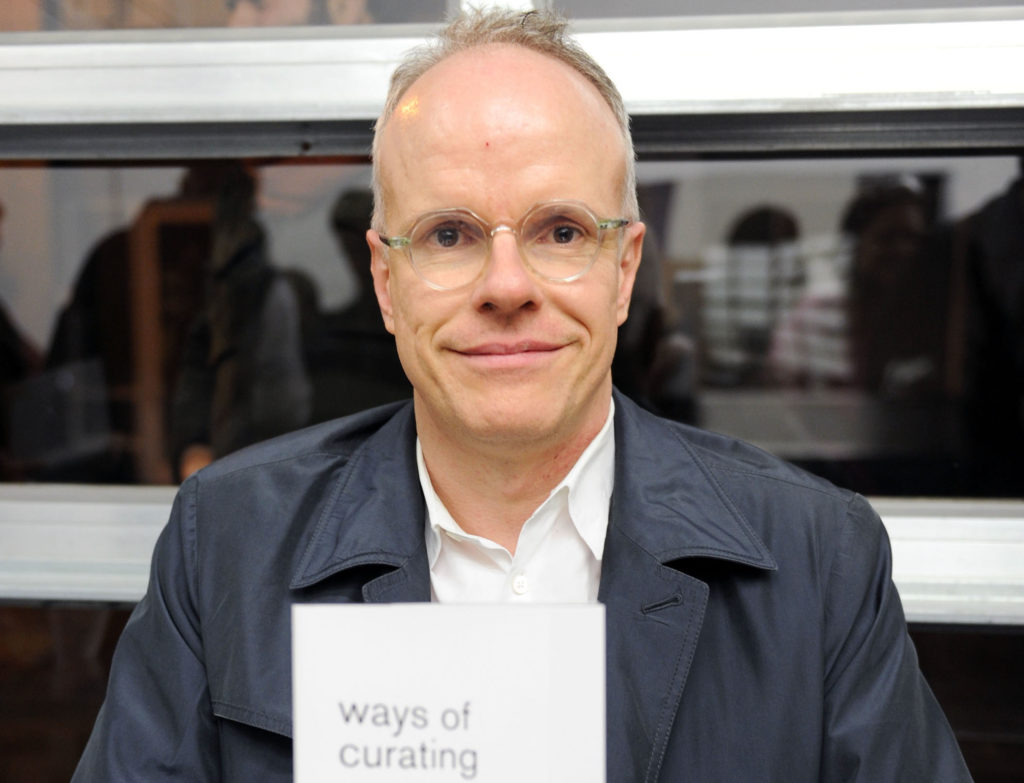
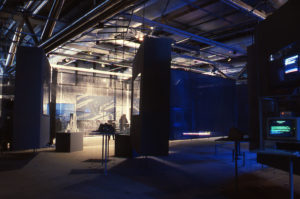
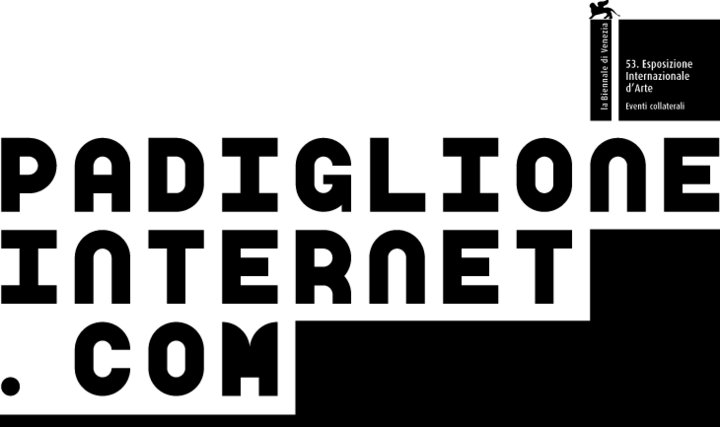

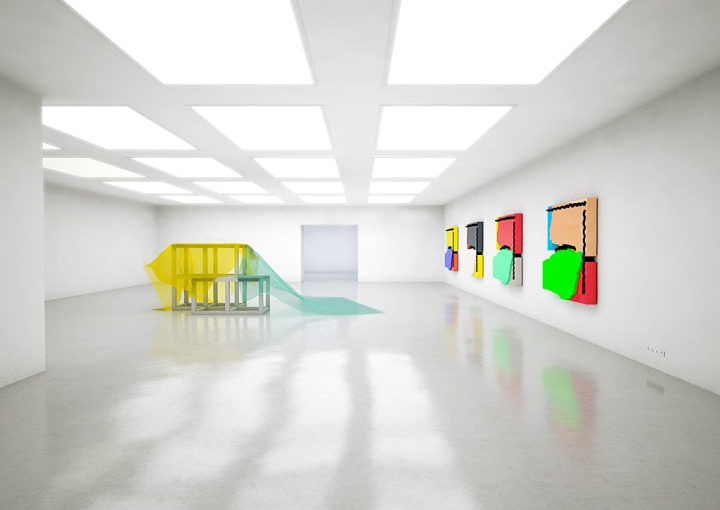

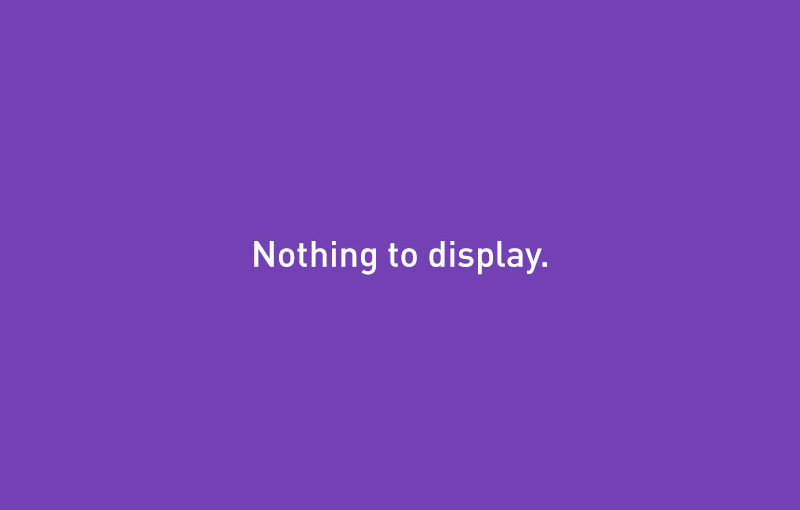
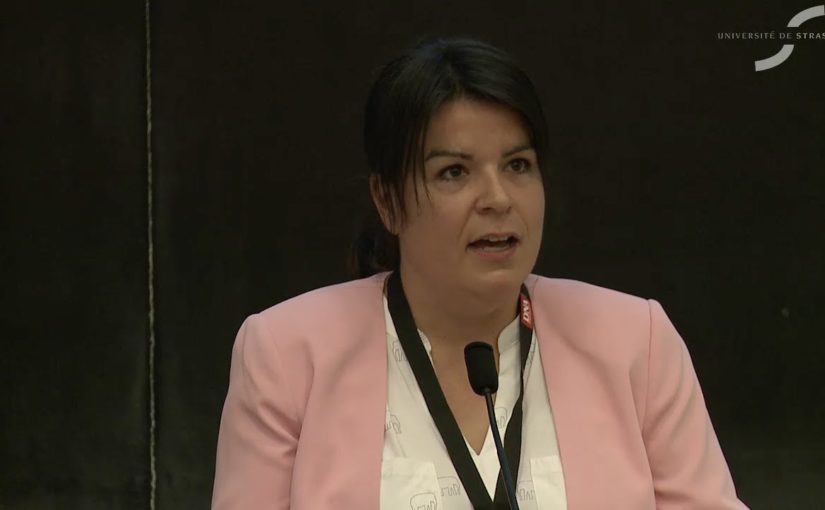

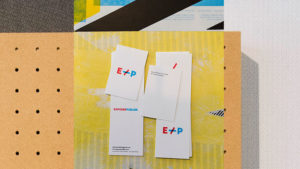
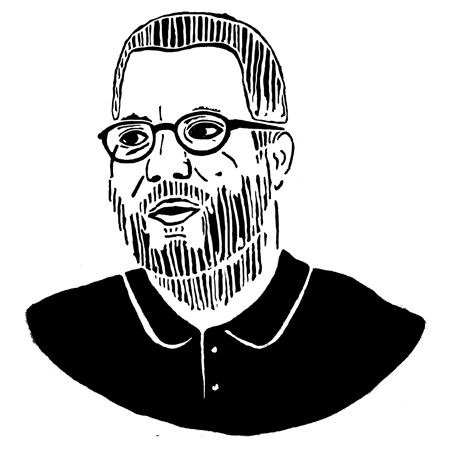


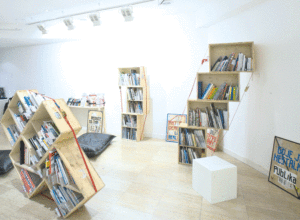
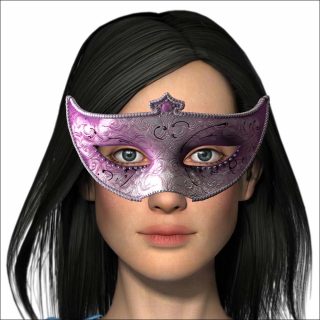
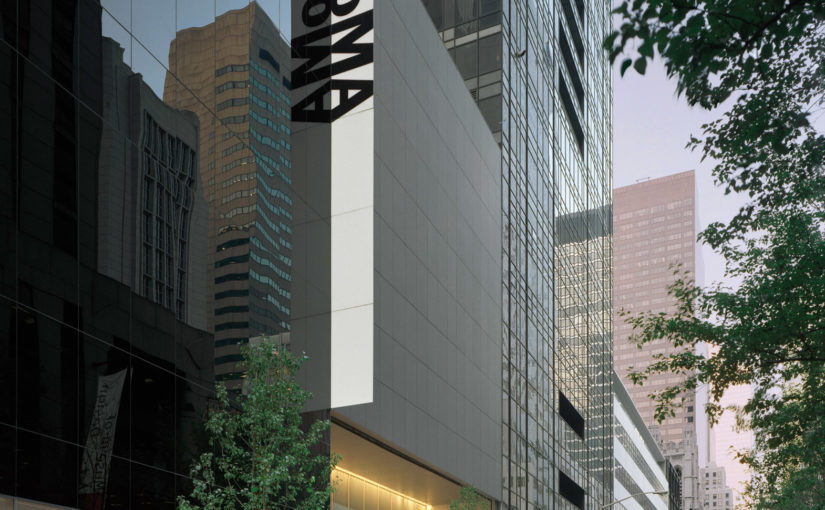
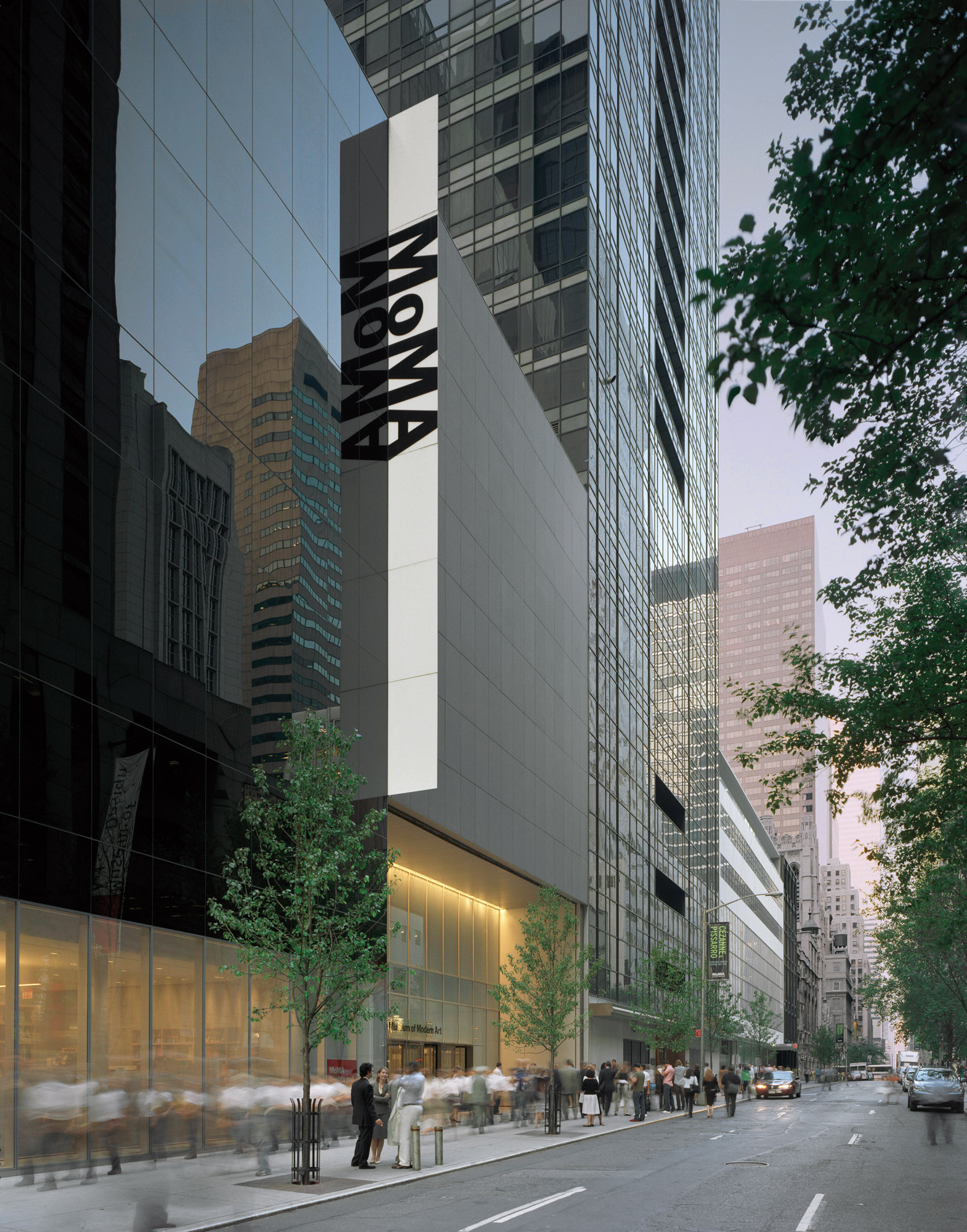 Complete and exhaustive index of the exhibitions at NYC Museum of Modern Art (MoMA) from its fundation in 1929 to the present.
Complete and exhaustive index of the exhibitions at NYC Museum of Modern Art (MoMA) from its fundation in 1929 to the present.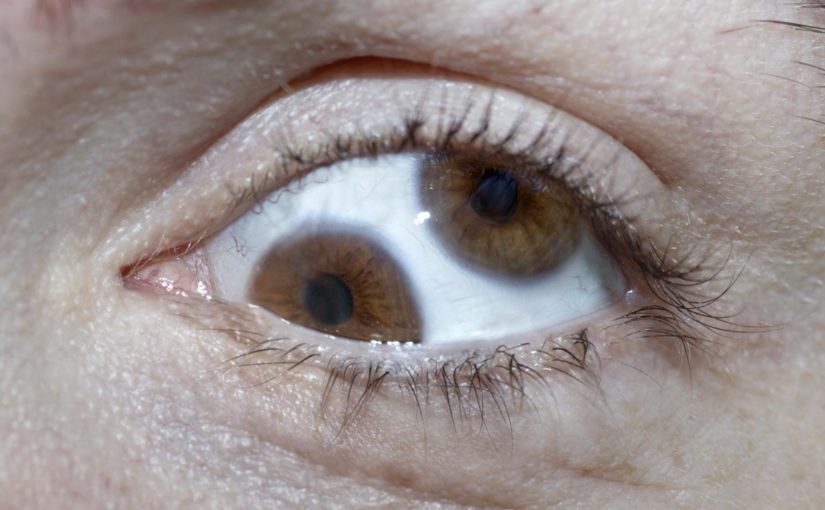
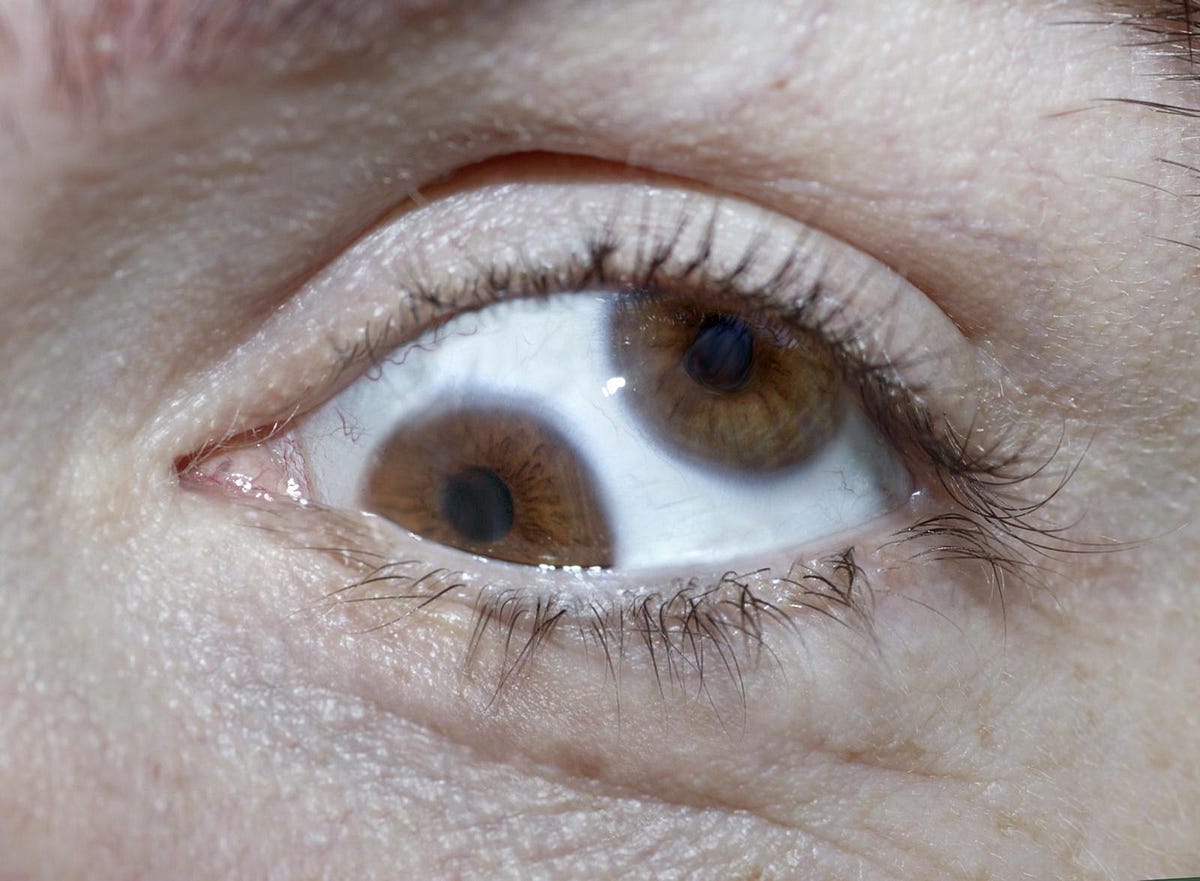
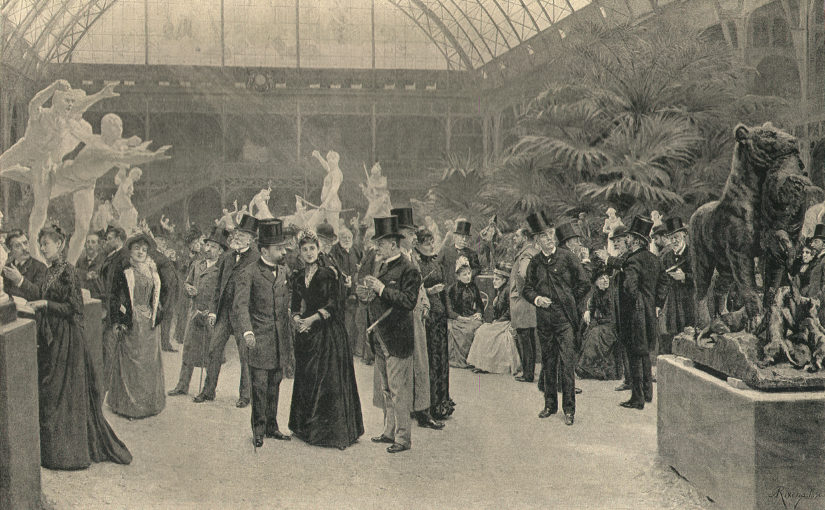






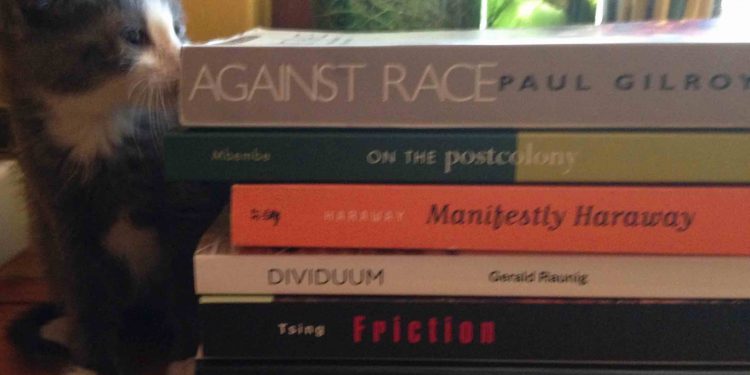
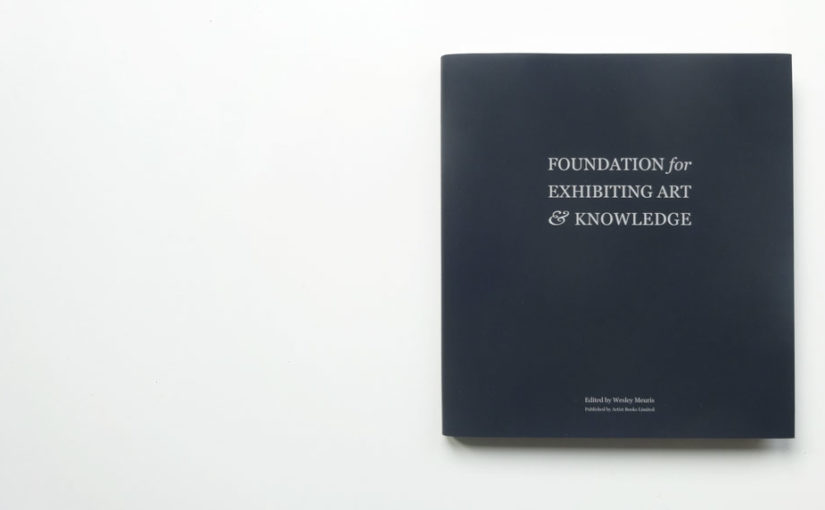

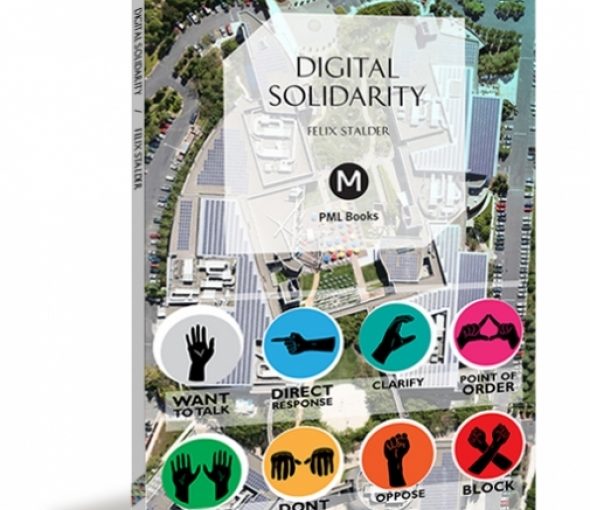
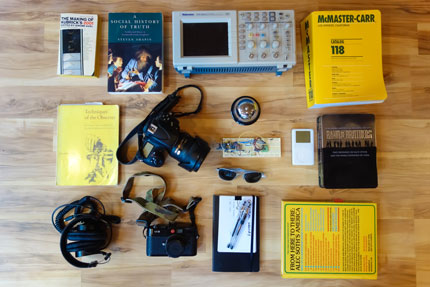

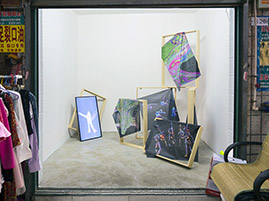
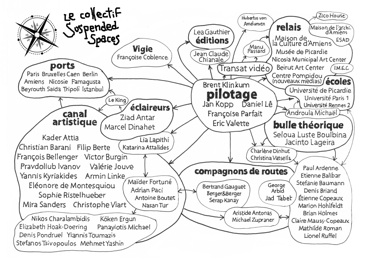
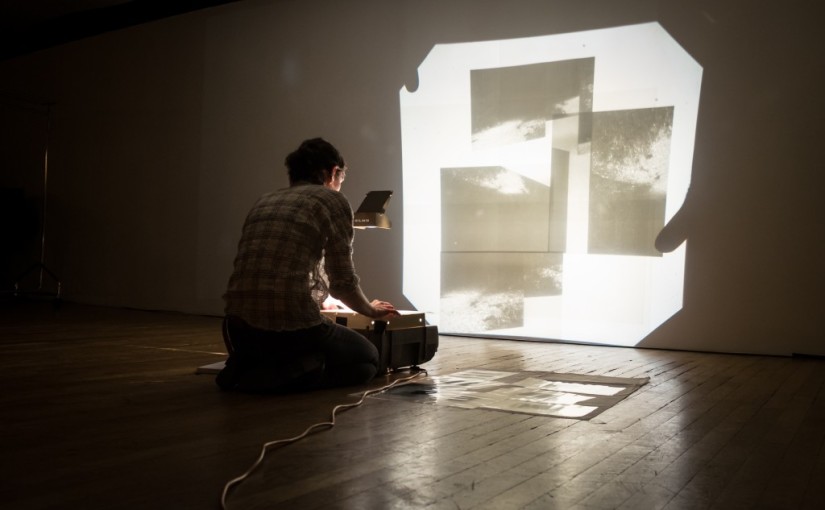

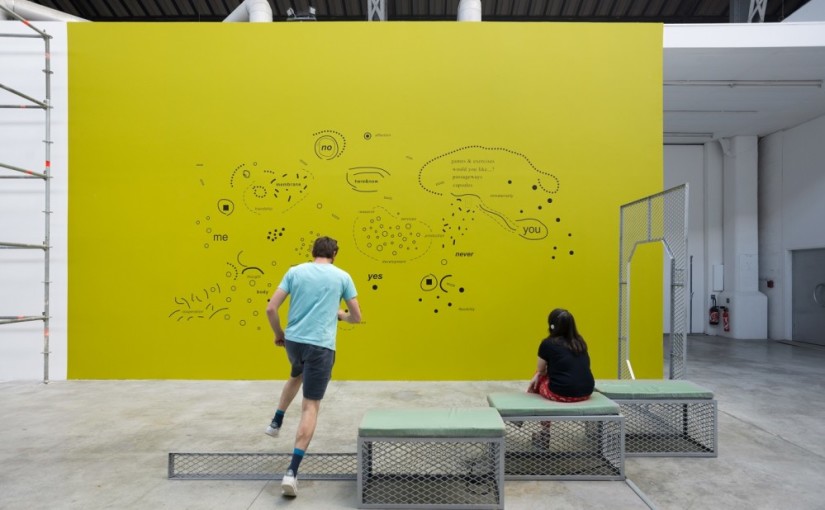
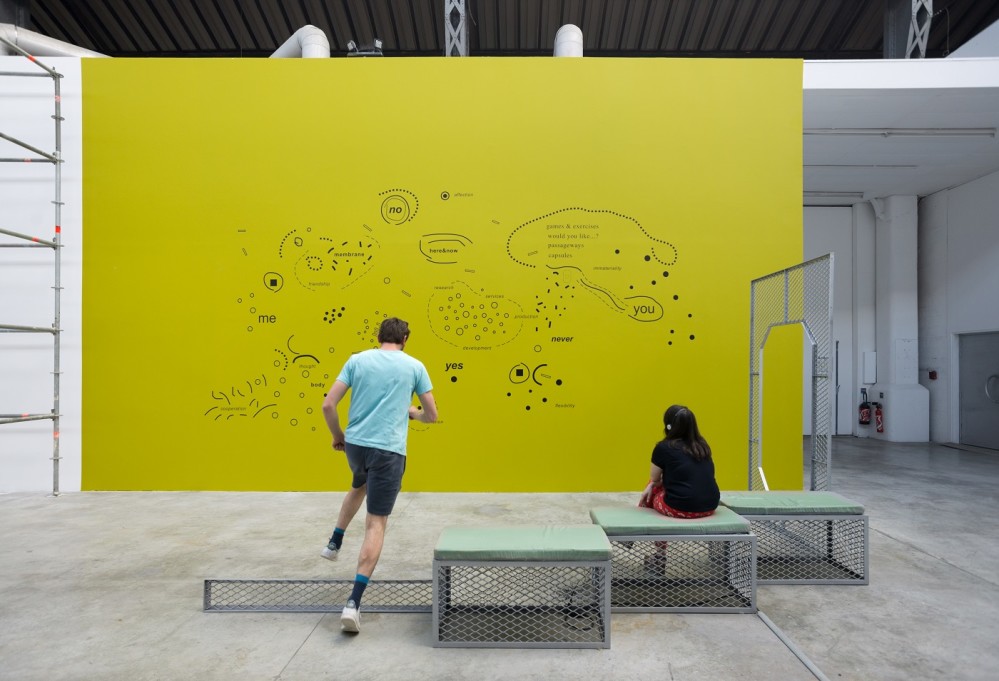 L’École du MAGASIN, fondée en 1987, constitue le pôle de formation du MAGASIN – Centre National d’Art Contemporain. Premier programme de formation aux pratiques curatoriales en Europe, elle est conçue pour procurer un environnement professionnel associant rigoureusement recherche et pratique. Durant neuf mois, les participants sont immergés dans l’environnement du centre d’art, bénéficiant ainsi d’une approche concrète des pratiques curatoriales et d’un cadre professionnel pour l’organisation de leur projet. En constante réflexion, l’École interroge le devenir des pratiques curatoriales et accompagne les jeunes professionnels de l’art face aux enjeux auxquels ils sont confrontés.
L’École du MAGASIN, fondée en 1987, constitue le pôle de formation du MAGASIN – Centre National d’Art Contemporain. Premier programme de formation aux pratiques curatoriales en Europe, elle est conçue pour procurer un environnement professionnel associant rigoureusement recherche et pratique. Durant neuf mois, les participants sont immergés dans l’environnement du centre d’art, bénéficiant ainsi d’une approche concrète des pratiques curatoriales et d’un cadre professionnel pour l’organisation de leur projet. En constante réflexion, l’École interroge le devenir des pratiques curatoriales et accompagne les jeunes professionnels de l’art face aux enjeux auxquels ils sont confrontés.
